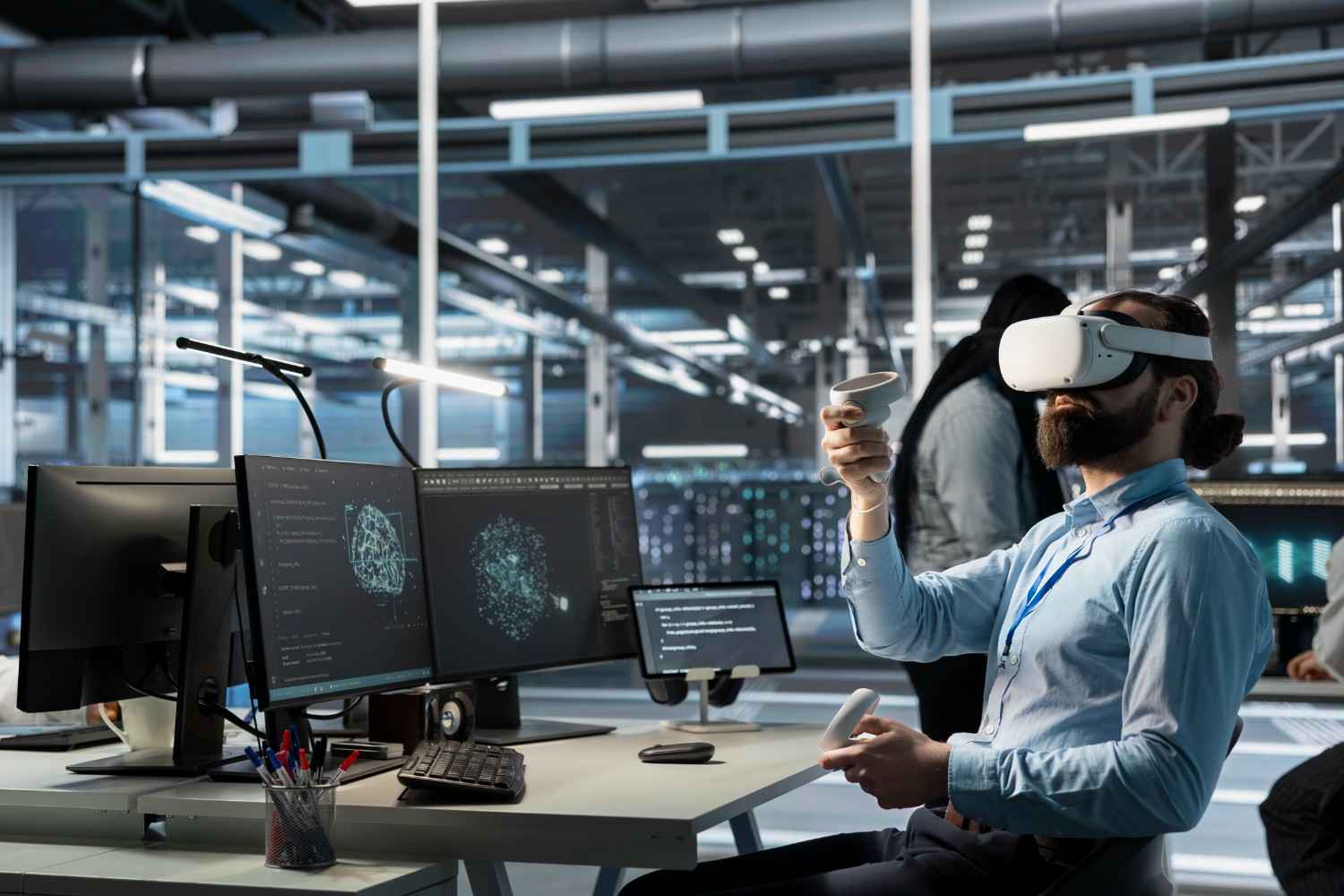If you’ve seen tech trends gfxprojectality pop up lately and wondered what on earth it means, you’re not alone. I went down the rabbit hole, sifted through the better-performing explainers, and mapped their ideas to credible industry news so you can get a clear, actionable take—without the fluff. Think of this as your quick-start guide to what’s actually moving graphics, 3D, and immersive pipelines in 2025.
What is “tech trends gfxprojectality,” really?
The phrase shows up in niche blogs that discuss the collision of advanced graphics (GFX) with real-world production workflows—AI rendering, real-time pipelines, and XR use cases that ship to production, not just demos. These posts highlight AI-assisted rendering, real-time techniques, and XR as the core stack behind the term.
In plain English: it’s the state of the art in graphics technology plus the practical realities of building and shipping projects—game content, 3D product apps, digital twins, immersive training, and more. That blend of breakthrough tech and production pragmatism is why teams keep talking about it.
Which technologies are actually powering GFXProjectality in 2025?

AI upscaling and frame generation are going mainstream. Nvidia’s DLSS 4 introduced multi-frame generation and broader transformer-model enhancements, pushing higher frame rates with better clarity and lower VRAM pressure—big wins for real-time workflows.
Real-time ray tracing is no longer exotic; it’s expected. Industry coverage and reports frame ray tracing as a baseline visual feature—now extending toward mobile and hybrid rendering pipelines that balance baked lighting with dynamic effects.
Modding and path-traced remasters are leveling up. Nvidia’s latest RTX Remix update adds advanced path-traced particle systems to classic titles—thousands of particles with dynamic lighting—showing how modern pipelines can retrofit older content and inspire new tools for teams.
OpenUSD is becoming the connective tissue of 3D production. With AOUSD, GTC sessions, and adoption across industries, OpenUSD standardizes complex scene graphs so multiple apps and teams can collaborate reliably—critical for “project-reality.”
Spatial computing is pushing beyond demos into enterprise value. Apple’s visionOS 26 roadmap and partnerships (e.g., Dassault Systèmes’ digital-twin collaboration) point to serious workflows—design reviews, training, and field guidance—moving into XR.
How do these tech shifts change content and SEO strategy?

Answer Engine Optimization (AEO) joins classic SEO. As AI chat answers gain share, visibility depends on structured, authoritative content that answers clusters of related questions—not just single keywords.
User-centric SEO beats keyword-centric checklists. 2025 trend roundups agree: optimize for intent, experience signals, Core Web Vitals, and zero-click realities. In short, design content that satisfies users quickly and credibly.
Visual depth matters. When readers search topics like ray tracing, OpenUSD, or spatial computing, they expect diagrams, short clips, or annotated images—assets that explain pipelines, not just paragraphs. (That also increases dwell time and helpfulness—good for UX signals.)
How to apply tech trends gfxprojectality to your next project
1) Build a future-proof 3D pipeline
Adopt OpenUSD for scene interchange; choose DCC tools and engines with strong USD I/O. That keeps teams in sync—artists, tech artists, and engineers—across apps and versions.
2) Target “real-time ready” visuals, not just pretty shots
Plan around hybrid rendering: use real-time ray tracing where it adds value, and complement with smart baking and AI upscaling (DLSS 4) to hit frame-rate and device goals.
3) Treat XR as a workflow multiplier
If your use case benefits from hands-on scale (design reviews, training, complex maintenance), prototype a visionOS or cross-platform build; align content to spatial UI patterns and enterprise collaboration needs.
4) Ship content that wins in search and in answers
Structure pages with problem-led H2/H3s, concise definitions, mini-diagrams, and step-by-step sections. Add FAQs that mirror real queries you see in Search Console—and mark them up. This is how you win both SEO and AEO.
Frequently Asked Questions
1. What does “tech trends gfxprojectality” cover in practice?
It’s a catch-all for the current wave of graphics tech—AI upscaling/frame-gen, real-time ray tracing, USD-based collaboration—and the realities of turning demos into shippable projects across games, enterprise 3D, and XR. Think DLSS 4, OpenUSD pipelines, and spatial computing moving from pilots to production.
2. Is OpenUSD worth adopting if I already use a single DCC?
Yes, if you collaborate across tools or departments—or expect to in the future. OpenUSD reduces hand-off friction and preserves complex scene relationships, which helps when content spans multiple apps, engines, or vendors.
3. Do I really need ray tracing for mobile or web builds?
Not everywhere. Hybrid approaches (selective RT + baked lighting + AI reconstruction) are trending to balance fidelity and performance. Prioritize scenes where reflections, GI, or shadows carry narrative or UX value.
4. How should I adjust my SEO for these topics?
Blend classic SEO with AEO: answer clusters of related questions, provide authoritative citations, add visuals that clarify pipelines, and optimize UX metrics. This supports both search snippets and AI-generated answers.
The Pixel-Perfect Wrap: Make tech trends gfxprojectality work for you
Here’s the bottom line: tech trends gfxprojectality isn’t a buzzword to chase—it’s a checklist to ship. Use OpenUSD to keep teams aligned, lean on AI rendering and hybrid RT to hit performance targets, and bring your use cases into spatial computing where it truly improves decisions or training. Then package your expertise with user-first, answer-ready content so both search engines and AI assistants surface your work. That’s how you rank—and how you win projects—in 2025.

